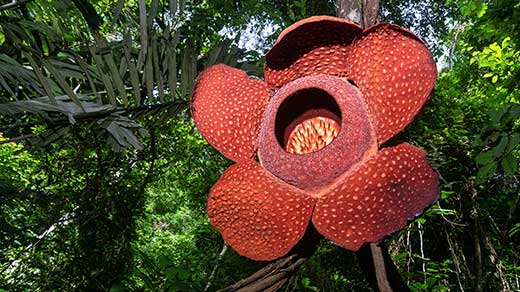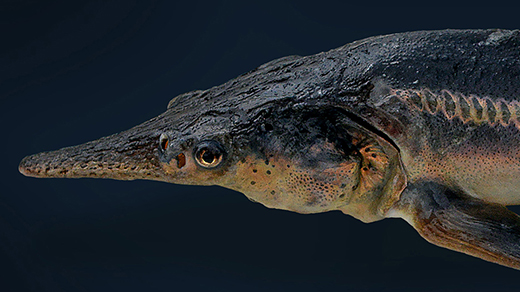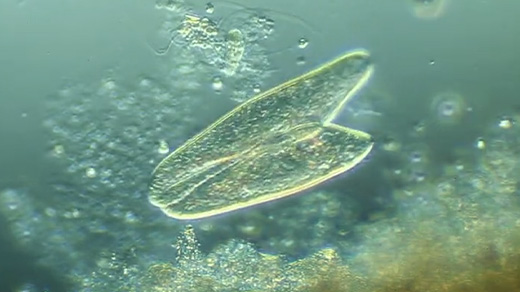Latest Articles
DNA Jumps Between Animal Species. No One Knows How Often.
The discovery of a gene shared by two unrelated species of fish is the latest evidence that horizontal gene transfers occur surprisingly often in vertebrates.
DNA of Giant ‘Corpse Flower’ Parasite Surprises Biologists
The bizarre genome of the world’s most mysterious flowering plants shows how far parasites will go in stealing, deleting and duplicating DNA.
The Mystery of Mistletoe’s Missing Genes
Mistletoes have all but shut down the powerhouses of their cells. Scientists are still trying to understand the plants’ unorthodox survival strategy.
How Neutral Theory Altered Ideas About Biodiversity
The simple insight that most changes are random had a profound effect on genetics, evolution and ecology.
Did Viruses Create the Nucleus? The Answer May Be Near.
An unorthodox symbiotic theory about the origin of eukaryotes’ defining characteristic may soon be put to the test.
Extra DNA May Make Unlikely Hybrid Fish Possible
The unintentional creation of “sturddlefish” hybrids may illuminate the genomic mechanisms that govern whether species can interbreed.
Males Are the Taller Sex. Estrogen, Not Fights for Mates, May Be Why.
To explain why men are on average taller than women, scientists theorized about competition for mates. But the effects of estrogen on bone growth may be answer enough.
Why Sex? Biologists Find New Explanations.
Why did sex evolve? Theories usually focus on the diversity of future generations, but some researchers find compelling explanations in the immediate benefits to individuals.
How Jurassic Plankton Stole Control of the Ocean’s Chemistry
Only 170 million years ago, new plankton evolved. Their demand for carbon and calcium permanently transformed the seas as homes for life.









